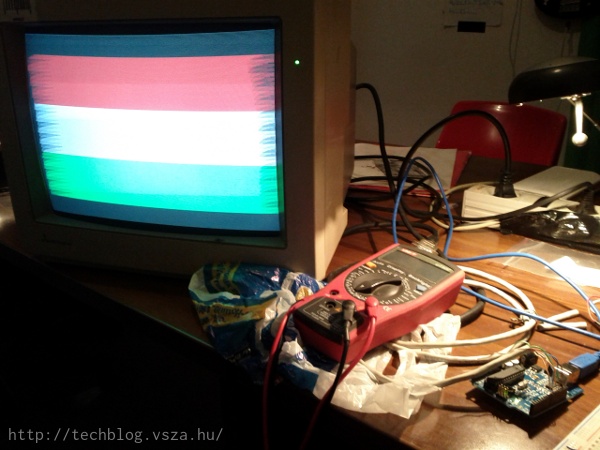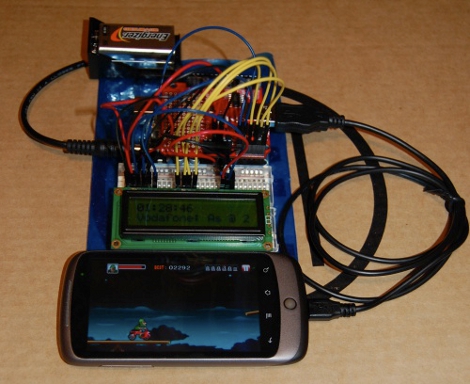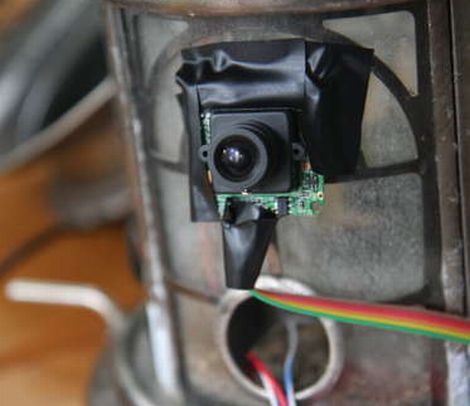
Oversleeping sucks, but we’ve all been there. Whether its a matter of hitting the snooze button a dozen times too many, or turning off the alarm and drifting back to sleep – sooner or later, you are going to wake up late.
Instructables user [nolte919] has overslept a time or two in his life, and he set out to design a clock that would make it nearly impossible to wake up late. His clock is Arduino-based and shares many features with off the shelf models including multiple alarms, a backup battery, and snooze features. His alarm however goes one step further and ensures you are fully awake each morning.
If you hit the user-defined snooze limit, the alarm sounds and will not turn off until you have cleared 4 lines in Tetris. That’s right, you have to prove to the clock that you are awake and coherent before it will shut off. Technically you can silence the alarm for a 30 second period so you can focus on Tetris, but that’s all the break you get.
It really is a novel way of ensuring you are awake in the morning, and heck, how bad can the day be when you start off by playing video games for a few minutes?
Stick around to see a quick video of his Tetris alarm clock in action.
Continue reading “Alarm Clock Forces You To Play Tetris To Prove You Are Awake”
















